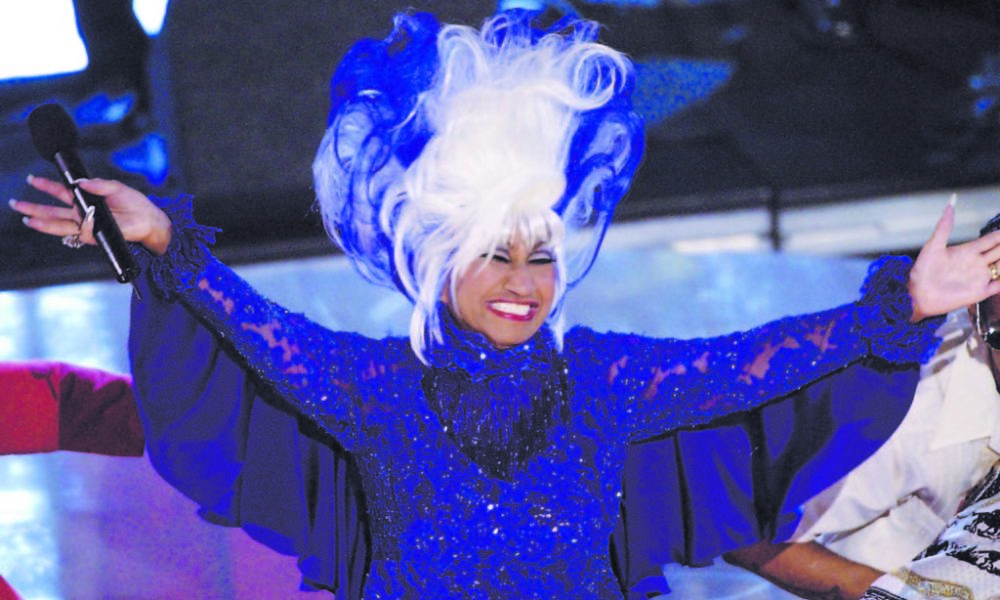It was one of the means of communication from the 20th century for people to stay informed anywhere or music to be aired whether at work, in places to dance, outside or at home. Latinasson was the first radio station in 1920 nwith its regular commercials and entertainment broadcasting, initially to England and France as the first countries to broadcast it along the English Channel.
The Radio industry in Venezuela:
Did you know that Venezuelan music is characterized by mixing Spanish, indigenous and African elements? Since the colonization of Latin America, there has been a mixture of these races, customs and cultures emerged, which derived in the emergence of various Latin rhythms both in Venezuela and in Latin America as a result of the mestizo people.
From May 23, 1926, the first Venezuelan radio station called AYRE started airing in Caracas and its first speaker was Alberto Mûller who made the first live radio broadcast; the radio was also supported by José Vicente Gómez, who was the son of President Juan Vicente Gómez; the radio was based on the reading of news from the Caracas newspapers, humor and music that could be live or on records; this radio show lasted 2 years until it closed down for political reasons. But this did not stop the opening of other radio stations from 1930 with the YVIBC station, which would become into Radio Caracas Radio 5 years later.
And as the years pass by, technology advances where televisions and other equipment appeared, endangering radio stations; even today there is strong competition in this area since up to the present time, people pull everything off the internet so radio stations had to adapt to this new technology, so instead of depending on a transmitted frequency in a certain sector, they are transmitted oover the internet either on a social network or their own web page, making information more live more often at an international level for all their followers.
One of the Caracas radio stations at which you can listen to a great variety of Latin music (especially “Salsa” and “Son”), information about artists at national and international level and upcoming events, we have the radio station @ Latinasson, (Latinas Son Ipradiodigital).
Which is transmited from 4 to 6 pm hour from Caracas, Venezuela, every Friday, with the participation of the broadcasters @ frankcroquers and @ hectovaloe2.

On Friday, January 22, 2021, they will have an interview and, later, they will delight you with salsa music. In the second hour, they will be celebrating the Maestro Roberto Roena’s 80th birthday, who was born on January 16, 1940, in Mayagüez, Puerto Rico; he is bongo player, salsa dancer, and orchestal director, with his most listened songs: “El Traqueteo”, “Cui Cui”, “Aquellos que Dicen”, “Traicion”, “Sing a Simple Song”, “Roena Medley Dos..”, “Ponte Duro”, “Como te Hago Enetender”, “Avisale a mi Contrario”, “Guaguanco del Adios”, and others.
Don’t miss it and listen to this Latin radio station. Currently, you can listen to the station when connecting through the following options:
Google Chrome search: www.iptvdigital.com/radio
Firefox Search: www.iptvdigital.com/
Phones (Smarphones) : iptvdigital.com/radio
Direct Access Transmission: https://zeno.fm/ip-radio/












